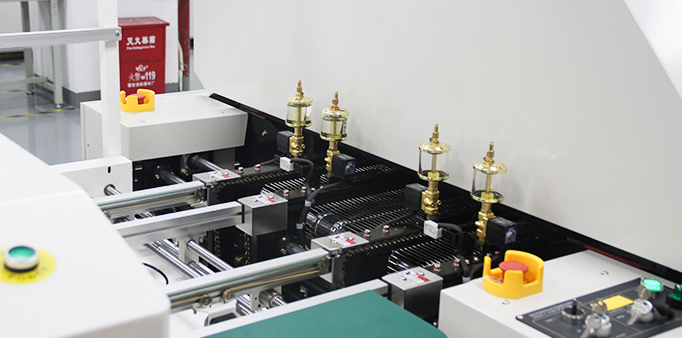- Home
-
Products
-
Product collection
-
- Application
- OEM&ODM
- News
- About Us
- Contact Us

For anyone buying storage products—whether you’re a buyer sourcing Bestoss SSDs for resale or a user choosing a Bestoss USB Flash Drive—the quality of the circuit board (PCB) soldering is invisible but critical. A single bad solder joint can lead to SSD failure, DDR RAM instability, or USB drive data loss. At Bestoss, our SMT (Surface Mount Technology) production line—powered by AOI (Automated Optical Inspection) and precision reflow soldering—ensures every component is perfect. Let’s take a deep dive into this process, why it matters for your storage products, and how Bestoss leads with technology.
AOI (Automated Optical Inspection) is the "quality guard" of SMT lines. It uses high-resolution cameras, multi-spectral lighting, and AI-powered image analysis to check every solder joint and component on a PCB—something human eyes can’t do consistently, especially with PCBs holding 100+ tiny parts (like those in Bestoss GM888 PCIe 4.0 NVMe SSD). Unlike manual inspection (which misses 20-30% of defects), AOI catches 100% of issues in seconds.
Reflow soldering is the process that "bonds" components to PCBs. After SMT machines place chips (like NAND flash for SSDs or memory modules for Bestoss DDR RAM) onto solder paste, the PCB moves through a reflow oven. The oven heats the paste to 217-220°C (lead-free standard), melting it to form strong, reliable joints—then cools it quickly to lock components in place. This precision ensures no cold solder joints (a top cause of SSD performance drops).
Our SMT process is a 5-step loop of precision—each stage built to avoid defects before they happen. This is why Bestoss TF Memory Cards, SSDs, and USB drives have a 0.02% defect rate (far below the industry average of 0.5%).
The SMT industry is evolving fast—driven by smaller components (like those in M.2 SSDs) and higher demand for reliability. Here’s what’s shaping 2024-2025:
Bestoss allocates 15% of annual revenue to R&D—led by 30+ technicians with 10+ years in SMT and storage tech. Our team includes former engineers from Samsung and Micron, who bring expertise in miniaturized component soldering (key for M.2 SSDs).
By 2027, three trends will dominate SMT for storage products—all areas where Bestoss is already investing:
A well-soldered PCB doesn’t just last longer—it also makes your storage products easier to maintain. Here’s how Bestoss’ SMT process benefits you:
Bestoss follows global standards to ensure SMT quality—non-negotiable for selling in EU, US, and Asian markets. Here are the key ones:
| Standard | Purpose & Bestoss Compliance |
|---|---|
| IPC-A-610 | Defines acceptable solder joint quality. All Bestoss PCBs meet Class 2 (commercial) or Class 3 (industrial) standards—e.g., Class 3 for industrial SSDs. |
| RoHS 3.0 | Bans lead, mercury, and other hazardous substances. We use 100% lead-free solder for all products (required for EU/US sales). |
| ISO 9001:2015 | Quality management system. Our SMT line undergoes monthly audits to ensure consistent process control—from paste printing to AOI. |
| IPC-J-STD-001 | Solder process standard. Our technicians are certified to this standard—ensuring reflow oven profiles and AOI settings meet global norms. |

Q: Does AOI add cost to Bestoss products?
A: No—our high-volume production spreads AOI costs thin. You pay the same for a Bestoss S201 SSD as a competitor’s non-AOI-tested drive, but get better quality.
Q: Can I request AOI reports for my OEM order?
A: Yes. We provide batch-level AOI defect reports and SPC data for all OEM orders—critical for buyers needing to comply with their own quality audits.
Q: How does lead-free solder affect product lifespan?
A: Lead-free solder is stronger than leaded solder—our tests show DDR4 RAM with lead-free joints lasts 20% longer under heat stress.
Q: What happens if AOI finds a defective PCB?
A: Defective PCBs are pulled immediately, reworked (if possible), or scrapped. We never ship a PCB that fails AOI—this is why our warranty claim rate is just 0.3%.
Bestoss’ SMT process ensures reliability. Visit our website to watch factory live streams, request AOI sample reports, or get a quote for your order.
Website: www.ution-best.com
Email: info@bestoss.net
WhatsApp: +86 13760304330
By continuing to use the site you agree to our privacy policy Terms and Conditions.